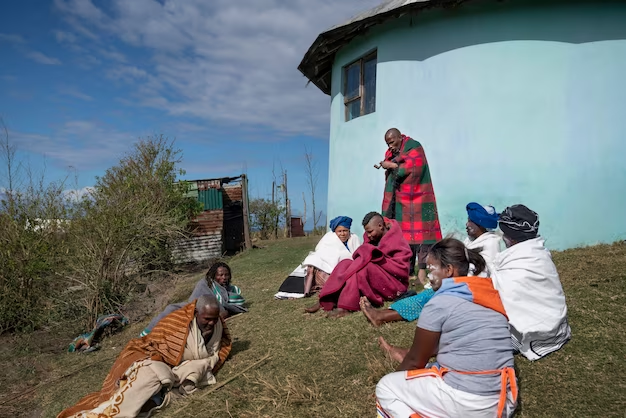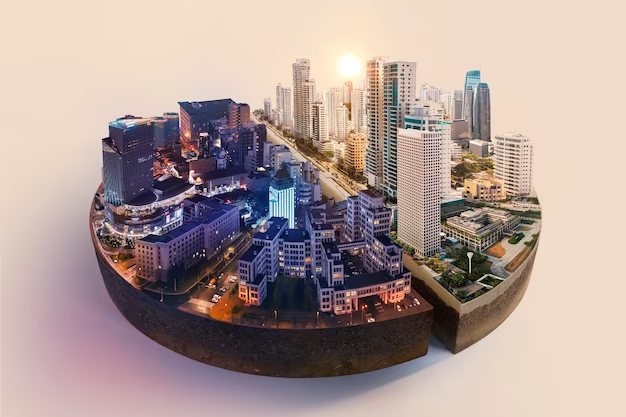- The Indian topography glaringly highlights a vastly diverse country where culture, tradition, language, dialects, and religion change while moving from one place to another within. Add to it the labyrinthine caste, creed, class, and other related paraphernalia, and the Indian nation showcases a microcosm of everything so disparate but under the one umbrella of the motherland as an identity. It is amazing in and of itself that we have been acknowledged as successful despite having such diversity. Was it said that India best embodies the proverb “Unity in Diversity”? Undoubtedly, the way nationalism has brought us together is a good example. India is a developing country that hopes to attain developed status as soon as possible.

PC: freepik
- Of course, India’s economy is predominantly agri-based, notwithstanding astounding advancements in numerous significant economic sectors. As a result, the rural and peasant population is always seen as a crucial component whose development directly influences the development of the country. People moving to urban regions in search of employment and opportunity is thus a fairly typical occurrence. You are aware that every major city contains shantytowns filled with migrant workers, whose presence is necessary for the city’s infrastructure to function. Although the sites where migrant workers live may not currently be considered approved residences, it is widely believed that they will eventually fall under the jurisdiction of legal bodies. Nevertheless, the reality is quite different.
- As reported, thousands of people were rendered homeless and their homes demolished in New Delhi, in the area around Tughlaqabad Fort. Following years of legal battles and a Delhi HC order, the Archaeological Survey of India (ASI) planned the process. The terrible turn of events perfectly reflected the failure of the city’s civic governance system, which was made possible by corruption, which permits people to obtain official identification credentials and voting privileges but not clear legal titles to buildings they have purchased. Note that this is not unique to Delhi alone. As mentioned above, similar problems exist in many other urban centers as well. The development of cities as India’s primary source of economic growth overcame the unrealistic master plans that were implemented in every city. Yes, the inhabitants of these unauthorized colonies are also integral to economic and social life.

PC: freepik
- Needless to mention, without them, the city will hollow out. Successive governments in Delhi have recognized this and tried to regularize these colonies. In December 2019, the GOI enacted a law to recognize the property rights of residents of unauthorized colonies. Property titling not only safeguards a lifetime’s savings but also opens the door to greater access to the formal financial system. This has been the underlying motive of other state governments that have worked out schemes to regularize properties in urban growth engines such as Mumbai and Bengaluru. Further, it shouldn’t be forgotten that in some cases, civic authorities have even levied and collected property taxes before regularization. Regularization and fast-tracking titles should be prioritized.





